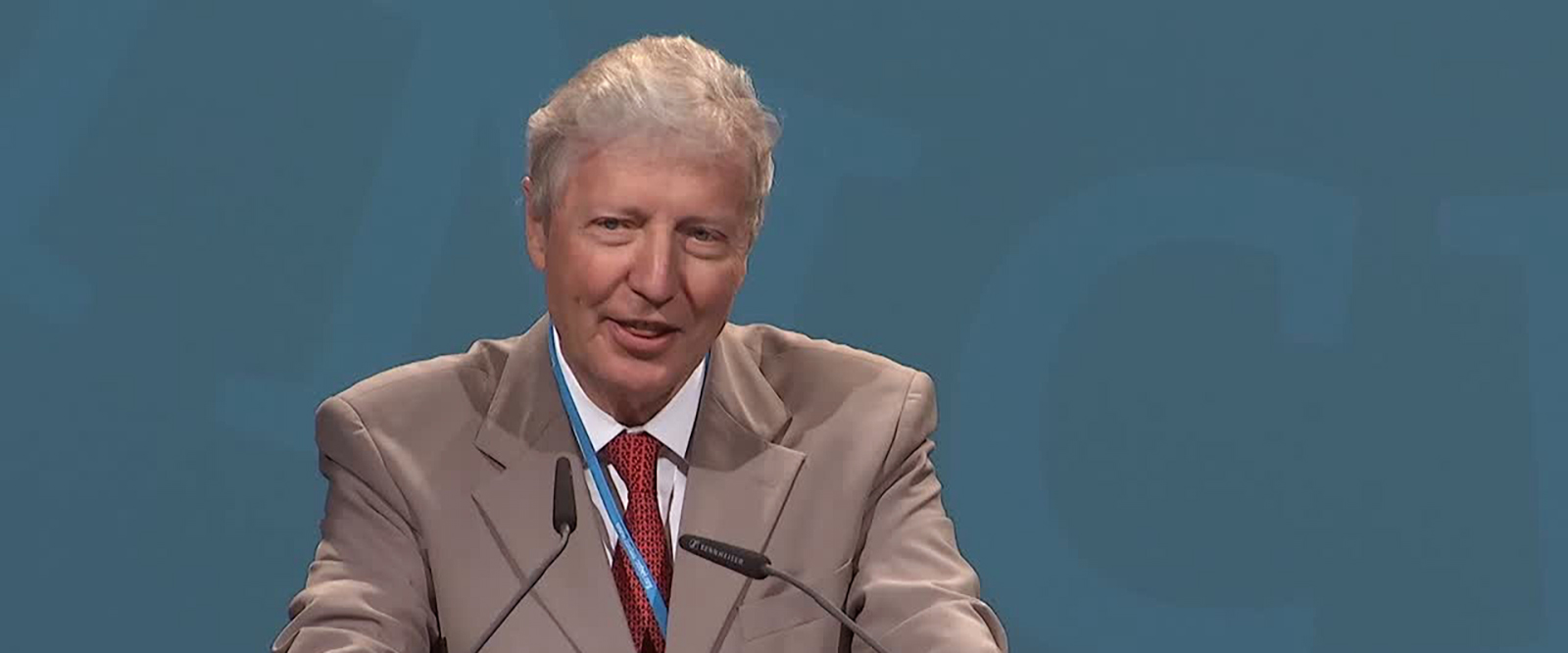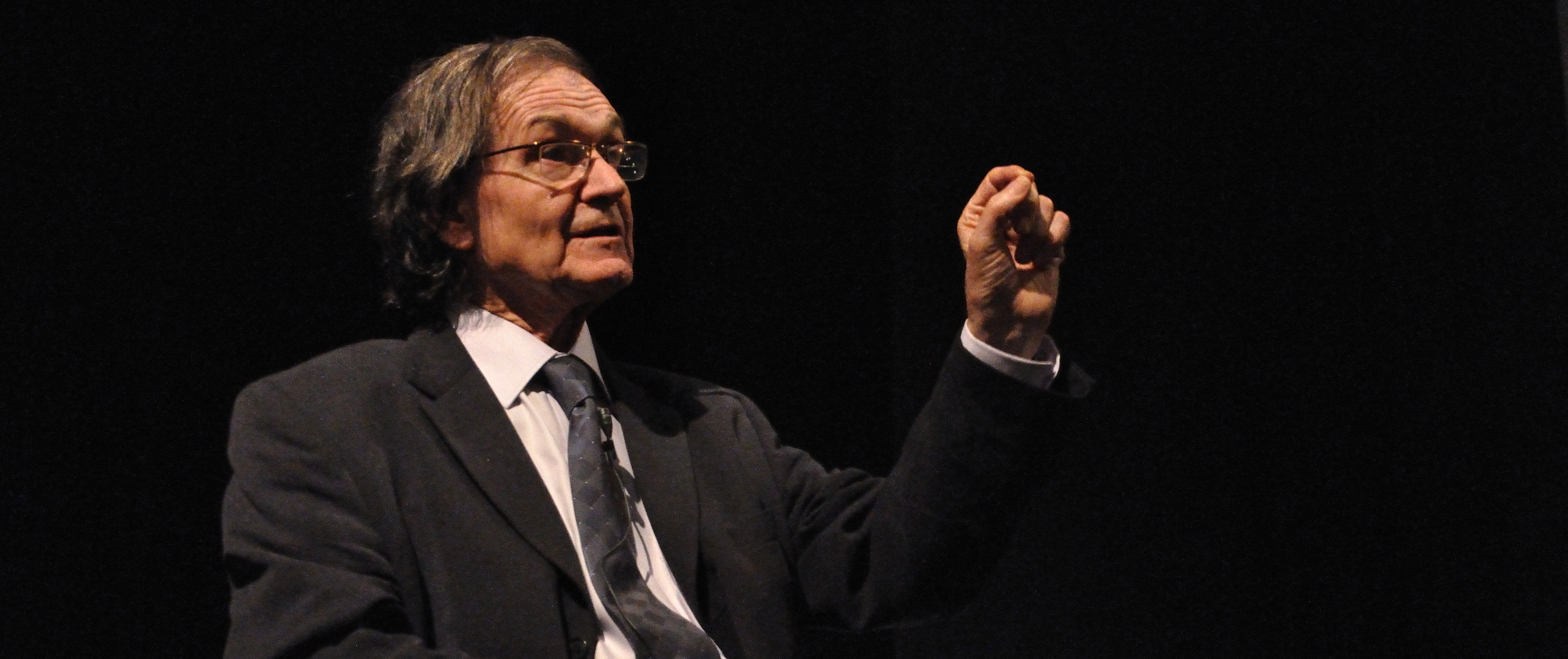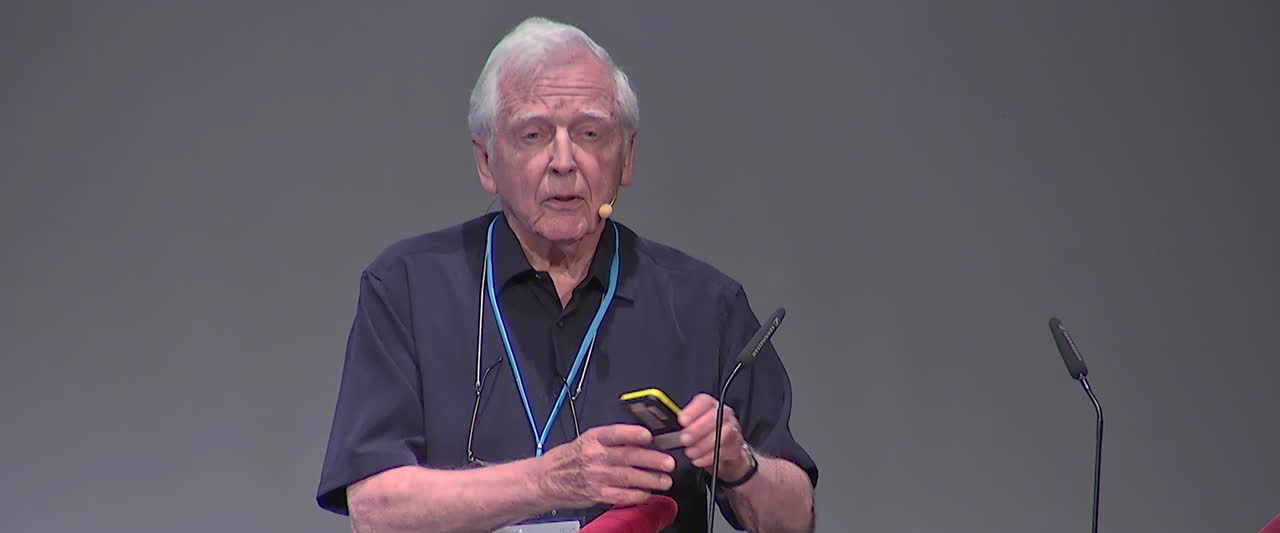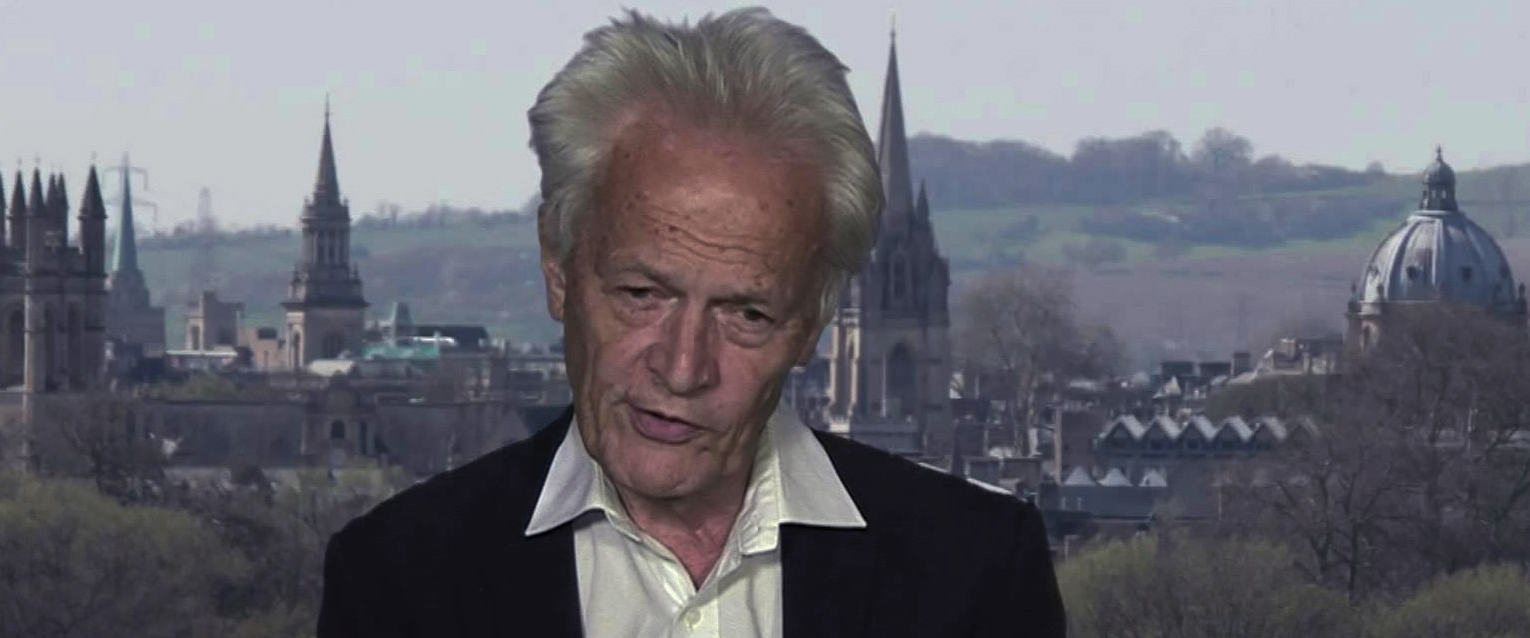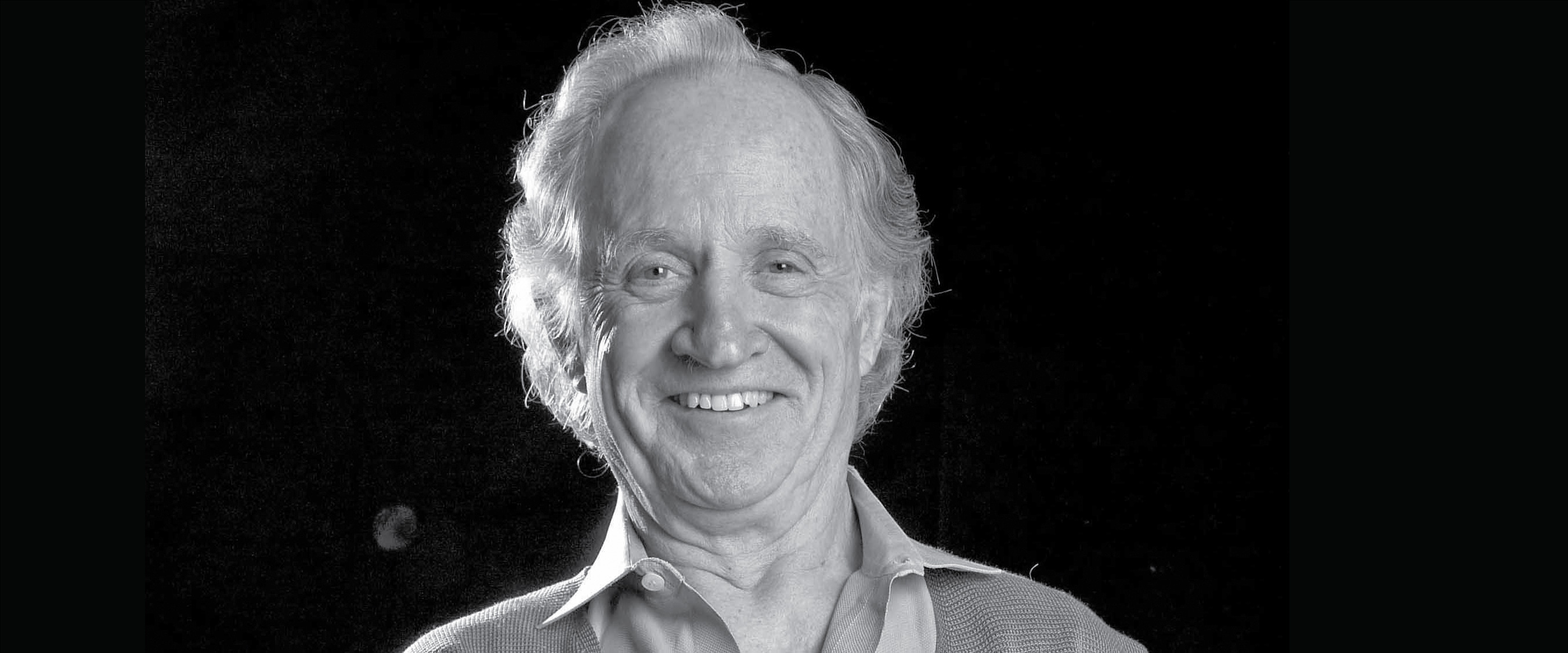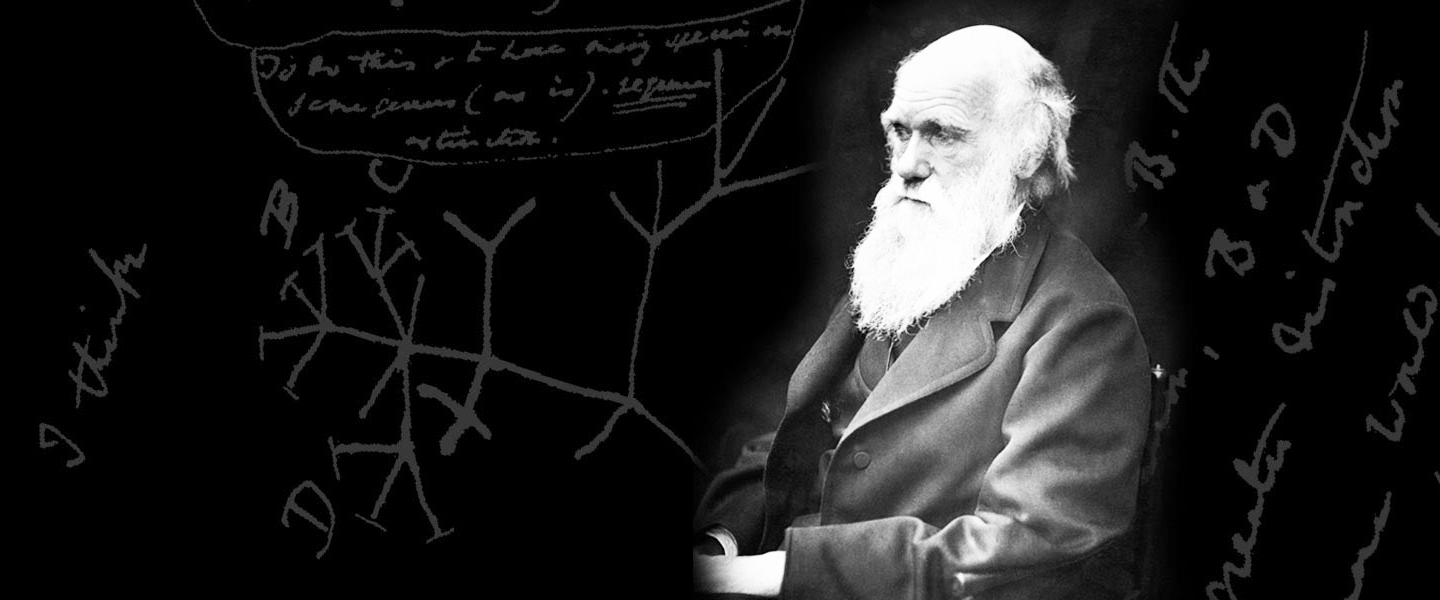14th November 2019. Carlo C Campa, ETH, Zurich.
Multiplexed genome engineering by Cas12a and CRISPR arrays encoded on single transcripts
On the 14th of November 2019 Carlo Cosimo Campa, ETH Zurich, will give a seminar entitled Multiplexed genome engineering by Cas12a and CRISPR arrays encoded on single transcripts at 5.00 pm in the College lecture theatre (Collegio a Volta). All students are invited to attend, especially those reading Medicine, Biology, Biotechnology and Pharmaceutical Sciences. The poster of the lecture can be downloaded here.
Abstract
The ability to modify multiple genetic elements simultaneously would help to elucidate and control the gene interactions and networks underlying complex cellular functions. However, current genome engineering technologies are limited in both the number and the type of perturbations that can be performed simultaneously. Here, we demonstrate that both Cas12a and a clustered regularly interspaced short palindromic repeat (CRISPR) array can be encoded in a single transcript by adding a stabilizer tertiary RNA structure. By leveraging this system, we illustrate constitutive, conditional, inducible, orthogonal and multiplexed genome engineering of endogenous targets using up to 25 individual CRISPR RNAs delivered on a single plasmid. Our method provides a powerful platform to investigate and orchestrate the sophisticated genetic programs underlying complex cell behaviours.
References
[1] Multiplexed genome engineering by Cas12a and CRISPR arrays encoded on single transcripts. Campa et al., Nature Methods, 2019
Biography
Carlo Campa has a background in industrial biotechnology (B.Sc. and M.Sc. – University of Turin). He started his PhD studies at the PI3Ks Signalling Laboratory of University of Turin (Prof. Emilio Hirsch). For his postdoc, he moved to ETH Zurich at the Laboratory of Biological Engineering (Prof. Randall J. Platt – ETH Zurich) where his research activities are focused on the development of novel genome engineering tools. He has provided seminal contributions in the characterization of membrane dynamics and lipid signalling in embryogenesis and immunity (Developmental Cell 2014, Science Signalling, 2016, J. Immunol. 2013). Together with Kither Biotech s.r.l. he developed and exploited inhibition of lipid signalling to treat chronical airway diseases (Nature Communication 2018). He demonstrated the role of endosomes as a signalling platform in embryo development, and insulin resistance (Developmental Cell 2014, Nature Communication 2015). He defined that temporal control of signalling events provides a strategy to govern stochastic egression of neutrophils from the bone marrow (Science Signalling, 2016). He realized the first class of biosensors able to detect signalling events on endosome membrane microdomains and he provided the evidence that activation of endosomal signalling enables receptors exit from endosomes (Nature Chem. Biol 2018). Recently, he assessed the scaffold function of a lipid kinase in cancer resistance (Cancer Cell 2017) and I generated new genome editing tools for fast rewiring of complex pathways in cells (Nature Methods, 2019). By conducting investigations at the interface between biology, mathematics and engineering, he has aimed at defining both the design principles and the molecular mechanisms by which cells make decisions.
Image
Cell division and gene expression in plant cells (Fernan Federici & Jim Haseloff, Wellcome Collection)
